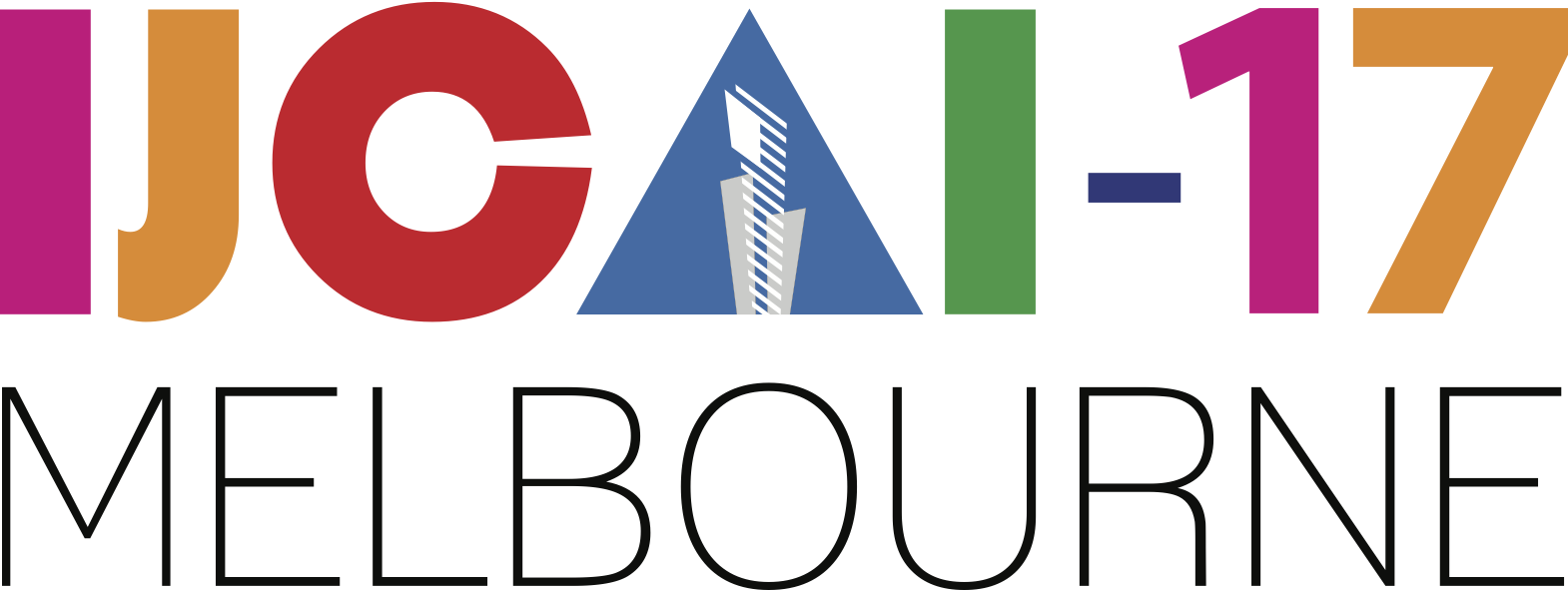Self-Adjusting Memory: How to Deal with Diverse Drift Types
Self-Adjusting Memory: How to Deal with Diverse Drift Types
Viktor Losing, Barbara Hammer, Heiko Wersing
Proceedings of the Twenty-Sixth International Joint Conference on Artificial Intelligence
Best Sister Conferences. Pages 4899-4903.
https://doi.org/10.24963/ijcai.2017/690
Data Mining in non-stationary data streams is particularly relevant in the context of the Internet of Things and Big Data. Its challenges arise from fundamentally different drift types violating assumptions of data independence or stationarity. Available methods often struggle with certain forms of drift or require unavailable a priori task knowledge. We propose the Self-Adjusting Memory (SAM) model for the k Nearest Neighbor (kNN) algorithm. SAM-kNN can deal with heterogeneous concept drift, i.e. different drift types and rates. Its basic idea are dedicated models for current and former concepts used according to the demands of the given situation. It can be robustly applied in practice without meta parameter optimization.
We conduct an extensive evaluation on various benchmarks, consisting of artificial streams with known drift characteristics and real-world datasets. Highly competitive results throughout all experiments underline the robustness of SAM-kNN as well as its capability to handle heterogeneous concept drift.
Keywords:
Artificial Intelligence: machine learning
Artificial Intelligence: uncertainty in artificial intelligence
Artificial Intelligence: artificial intelligence
Artificial Intelligence: other

